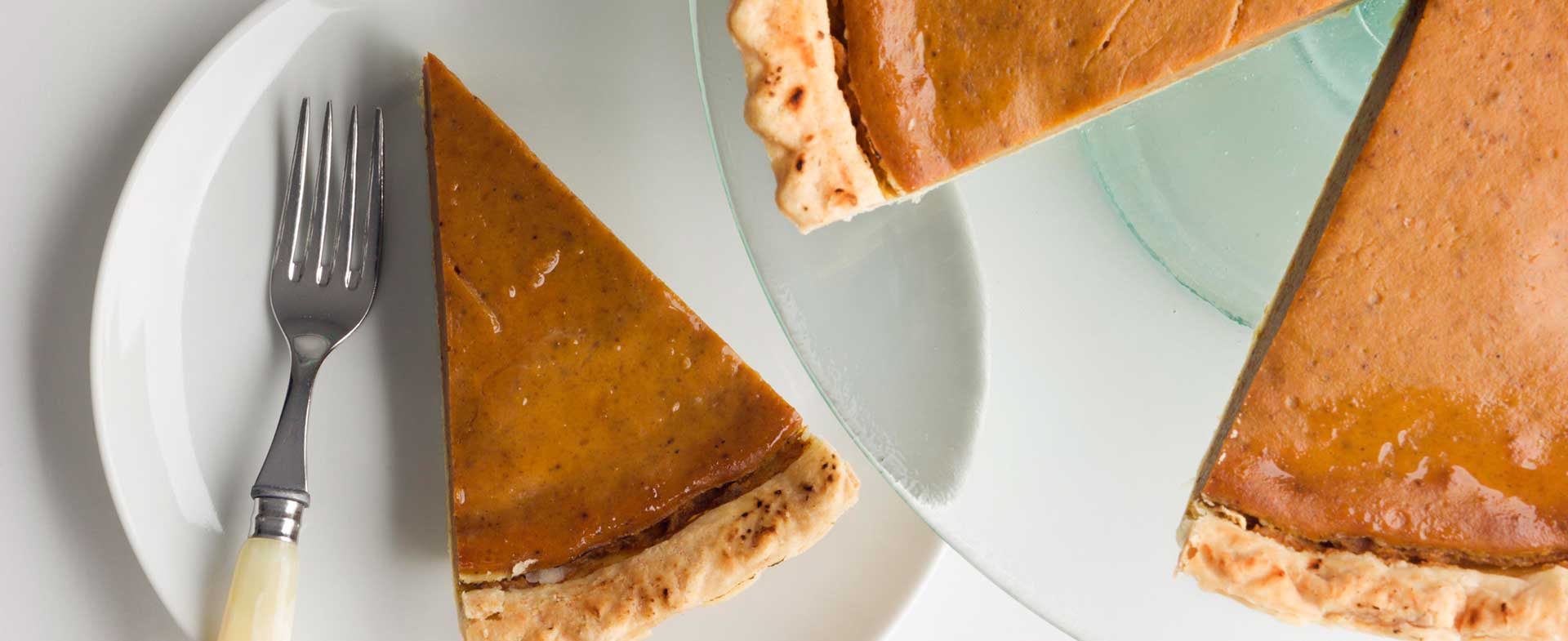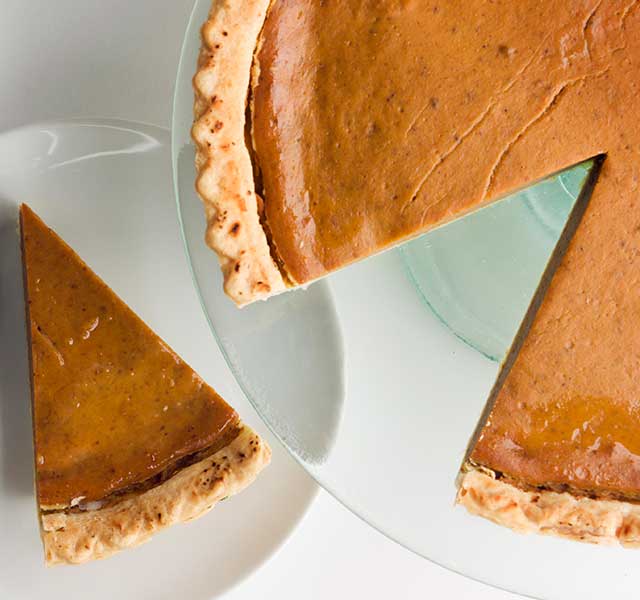For someone living with diabetes, nothing can mess up your glucose and A1C (sugar) levels like two-plus months of holiday eating. It all begins with the Halloween candy you buy for those cute little trick-or-treaters and concludes with the post-holiday season leftovers. You need a plan. So, we asked diabetes educator Joelle Krempa for some key tips on how to approach the season and here is her three-step approach.
- Get your exercise. When you move, you use your muscle groups. Your muscle groups need energy from your body. Your body uses the sugar in your blood stream to supply that energy. Voila! This lowers your blood sugar.
Aim for at least 150 minutes of cardiovascular exercise every week. That’s about 22 minutes a day, or a half hour five days a week. Your blood sugar peaks about an hour after eating a heavy meal, explains Krempa. This is the best time to get moving to bring down the sugar. When sugar levels rise, you can feel sluggish. That’s your signal to get moving, as counter intuitive as it may seem.
- Drink water. Water dilutes the sugar in your system. It can also decrease your hunger. Even better, drinking water with meals can help you eat slower, which usually means eating less. Just take a sip of water after each bite of food and see how quickly you feel full.
“It takes a good 15 minutes for the stomach to tell the brain that you are full,” Krempa says. “By drinking water with your meal you eat at a slower pace, giving your brain time to catch up with your stomach. Here’s a great idea: About an hour after you eat, grab a container of water and go for a 30-minute walk. This is also a great way to break away from family gatherings if you’re not really enjoying yourself!”
You can also invite family members to come with you -- a brisk walk to admire the holiday lights might become a favorite tradition. Or find another activity to get you moving, like putting on some tunes and having a dance party. Other family members may appreciate the exercise and bonding time, as well.
- Notice what you eat. Especially during the holidays, it's easy to lose track of what you're eating. Especially since many foods on a holiday table are high in fat and carbohydrates, this can be especially problematic. Here are a few tips to help you be more mindful as you eat:
- Take one small spoonful of all of the foods on the table. After eating that, go back and get two items that are worth spending your carbs on.
- Don’t arrive hungry or thirsty. If you have an evening event, don’t skip a meal beforehand; in fact, enjoy a healthy snack with a big glass of water before you leave the house.
- Remember that food isn’t the only culprit. Beverages such as margaritas or even apple cider can double your sugar intake in just one glass, often containing 30 grams of sugar in one small glass.
- Slow down. Set your fork down and take a sip of water between each bite. Or try holding your fork with your opposite hand. You'll go slower an this gives your body time to tell you it’s full.
Minor Recipe and Menu Changes, Big Results
Sometimes making the slightest tweak in a recipe or what you choose to eat can make a huge difference in your health. Here are some ideas for you to consider over the holidays and beyond.
- When making mashed potatoes, use nonfat Greek yogurt or light sour cream instead of butter.
- Reduce the sugar in baking recipes.
- Use applesauce as a substitute to lower the amounts of eggs, butter, oil and sugar in recipes.
- Set your entertaining table with more vegetable options: platters of grilled or roasted veggies are beautiful and so tasty.
- Offer a healthier dessert option of fresh berries topped with homemade whipped cream (use heavy whipping cream and add a touch of vanilla and a bit of powdered sugar).
- Consider not eating the foods offered at an event/party that you could eat any other day. Examples are mashed potatoes, bread or corn. Instead focus on having a little bit of “special” foods like stuffing, sweet potato casserole or pie.
- If pie is your thing, remember that choosing one with one crust (like a traditional pumpkin pie) instead of two (like a fruit pie) cuts the carbs and calories in half.
- Plain and simple, avoid sugary beverages. Opt for sparkling waters or plain tea flavored with mint, herbs, a splash of fruit juice, cucumber, etc.
To talk with your doctor about managing your diabetes or concerns about your diet, make an appointment at 1-800-HENRYFORD (436-7936) or henryford.com.
Joelle Krempa is a registered nurse and certified diabetes educator, who counsels patients and teaches classes on managing diabetes at Henry Ford Medical Center – Sterling Heights.



